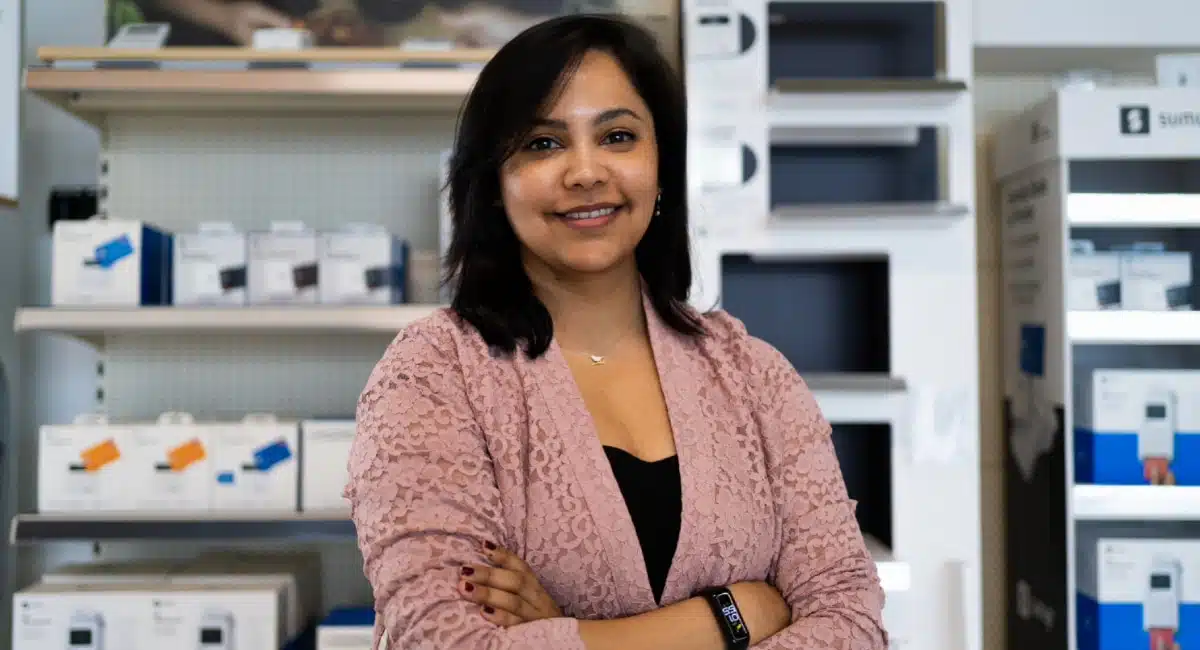M-Pesa has established itself globally as one of the most successful mobile micro-finance and money transfer services. Its network consists of the following countries and regions: Afghanistan, South Africa, parts of Eastern Europe, Kenya, and India. Vodafone, India’s second largest mobile operator introduced M-Pesa in India in 2011. It has partnered up with HDFC Bank along with the ICICI bank to give its customers a unique mobile banking experience.
Vodafone has about 173 million users signed up for its mobile service in India. However, M-Pesa has yet to make that significant of an impact with 3.1 million registered customers and just 378,000 active users reported in March 2015. The service has gained some traction . Vodafone, however, is still persistent in moving forward with expansion and continues to expand to more cities setting up 89,000 sales agents throughout India.
Similar to the services provided worldwide, M-Pesa in India allows for money transfer, deposit/withdrawal of money, along with bill payment. Micro finance solutions have yet to be introduced in India. Loans have majorly contributed to M-Pesa’s popularity in Kenya so we can possibly see the introduction of it in India soon.
Why M-Pesa hasn’t been so successful in India
In India the banking regulatory body, Reserve Bank of India (RBI), views M-Pesa as a banking service rather than a money transfer client and has set regulation standard as such. So if any user wishes to register for the service they have to go through with the hassle of signing up as if opening a bank account, which is quite a time consuming process.
In contrast, in Kenya the process is much smoother and does not require any documentation except for an ID card or a passport, making it very convenient. If RBI was to label M-Pesa as a money transfer client then there would be no need for such regulations and users could sign up to the service hassle-free.
The government has been a major client in successful models of mobile banking. Telenor’s Easypaisa mobile banking service in Pakistan has partnered with the Pakistani government. The government utilizes the service to disburse salary along with income and educational support stipends.
Similarly, in Kenya, the government is a stakeholder in the sense that it uses M-Pesa to disburse salary. Disbursement of salary and funds using mobile banking makes it easier for both parties as the transaction is done instantly, electronically, with no paper or legwork.
As it expands, Vodafone in India can only hope that it can replicate the success Safaricom has seen in Kenya with M-Pesa. India has a huge market with almost one billion mobile users. If Vodafone can even get 50% of its own subscribers to use the service it will become the largest network for mobile banking globally.
Looking at India’s population, roughly 40% of people do not use any type of banking service which leaves a huge population for mobile banking to appeal to. The country also consists of many rural regions which are usually the main target of mobile banking services. That is something Vodafone can definitely look forward to and the main reason why it has pressed on with expansion of M-Pesa even though it has not yet been as fruitful as the company hoped.




